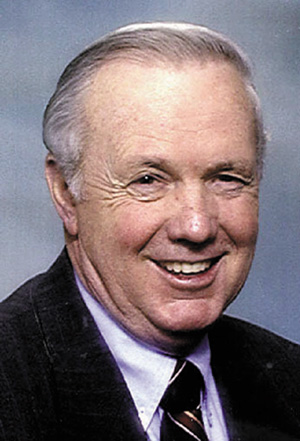No. 789 - MAKING A CASE FOR SOLAR ENERGY
No. 789
Jim Davidson -- NEWSPAPER COLUMN
MAKING THE CASE FOR SOLAR ENERGY
Sometime back I got an e-mail from Tom Rooney, president and CEO of SPG Solar of Novato, Calif., one of the largest solar energy firms in the country. He was making a strong case for solar energy and, after reading what he had to say, I believe he has something that every American at least needs to know about, since energy is such a large part of every families’ budget.
This should certainly be of interest if you live in area of the country that has abundant sunshine 12 months of the year, as we do here in Arkansas. While this is not a topic that I know much about, I am happy to pass along anything that may serve to lessen our personal and collective dependence on foreign oil.
Tom begins his correspondence by saying, “Everybody talks about carbon footprints. Turns out the water footprint from energy is just as important, if not more so. Here’s why: It takes an enormous amount of water to generate electricity. And it takes an enormous amount of electricity to move water. (This is especially true for areas where you don’t have a free-flowing stream where you can build a power plant). Here is an example: One 60-watt light bulb burning 12 hours a day will consume at the power plant 3, 000 to 6,000 gallons in a year. A laptop computer uses 200 gallons in a year.
“We all know that in the Western part of our country, water is at a premium. In Arizona, multiply those numbers by 7. If you get your electricity from hydropower, multiply by 18. That’s a lot of water for not much light. That is how water and energy is connected, but no one is talking about it. We are wasting a lot of water and power because we ignore this connection. Another example: In the California and Nevada desert, several large solar thermal power plants are being built. These plants require a great deal of water. But, in the desert? Here is the bottom line: There are only two types of power that do not require massive amounts of water: Wind and photovoltaic solar – the kind found on rooftops at homes, schools, wineries, army bases, etc.”
Tom goes on to tell me about a great solar project in the Irvine Unified School District, where the district has partnered with Sun Edison and SPG Solar to install solar energy at each of its 21 campuses. Purported to be the largest solar development for a public school system in California, and possibly the United States, the project will reduce Irvine’s school power bill by 20 percent – a savings of $17 million over 20 years. Sun Edison will own, operate and maintain the solar photovoltaic systems, with the district purchasing energy at a discounted rate. The solar companies will act as utilities, building and financing the system with no money from the district. This is a good example where a public school and private companies can work together and save taxpayers some money.
Again, our nation’s energy supply is not a topic that I am qualified to delve into but I belong to the school of thought that we need all forms of energy to help us reduce our dependency on foreign oil. We have had technology for many years that will help do this, if we can throttle the major oil companies and their lobbyists to open markets where everyone has a level playing field. When you get ready to build a home, business or other structure, why not consider solar. It could save you some money.
---
(EDITOR'S NOTE: Jim Davidson is a public speaker and syndicated columnist. You may contact him at 2 Bentley Drive, Conway, AR 72034. To begin a bookcase literacy project visit www.bookcaseforeverychild.com. You won’t go wrong helping a needy child.)
